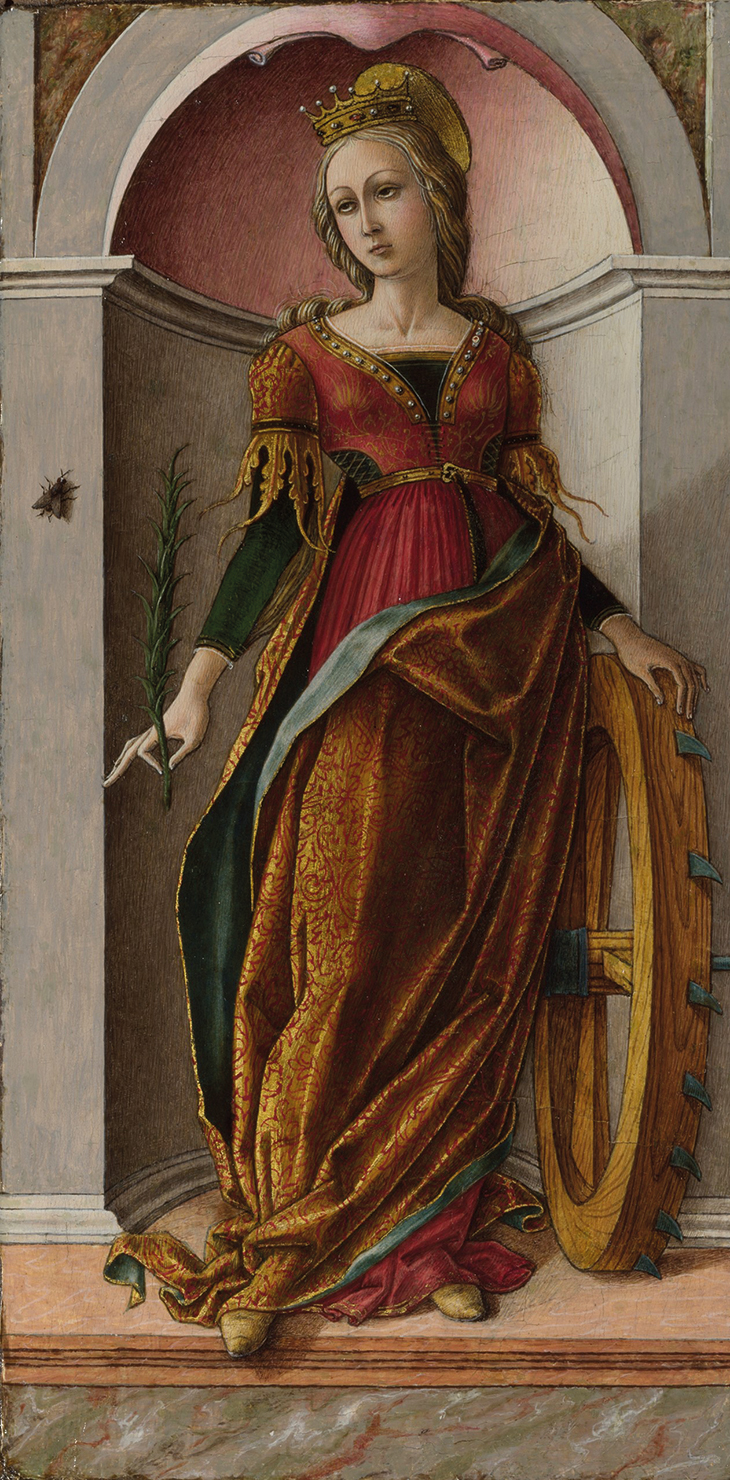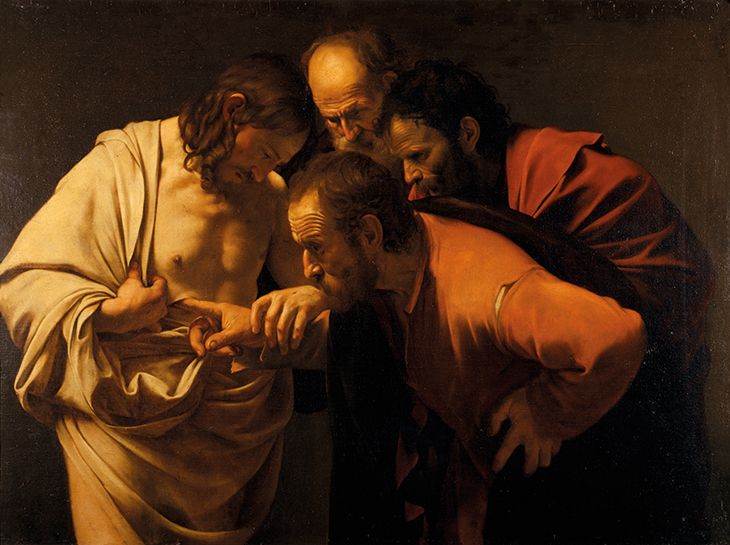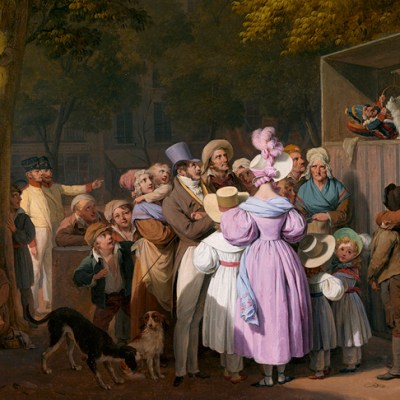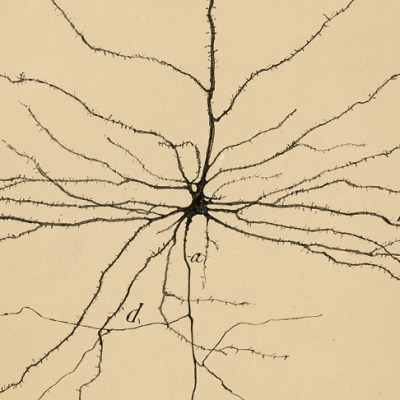There’s a small panel by Carlo Crivelli in the National Gallery in London, roughly a foot tall. It shows St Catherine standing in an architectural niche, her right foot poking over the ledge and into the room. But what catches your eye is not the martyr’s stance, her palm and wheel, or the rich folds of her gown. It’s a fly which seems to have alighted on the wall on the far left of the painting. The longer you look at it, the less clear it is whether the fly is supposed to be on the wall in the scene or on the surface of the panel itself. If in the painting, it is truly monstrous: around the size of the saint’s outstretched middle finger. And doesn’t the fly’s shadow seem to align with the light coming from over your shoulder, rather than with St Catherine’s shadow in the painting itself?
Madonna and Child (c. 1480), Carlo Crivelli. Metropolitan Museum of Art, New York

This isn’t the only fly in Crivelli’s paintings. There’s a Madonna and Child (c. 1480) in the Met featuring an even more ambiguous insect. It’s perched on a stone ledge in the very foreground of the painting – a block that almost seems located outside the picture plane, except for the fact that it’s locked into a complex system of spatial layers. The forest scene in the background is blocked by a purple drape which hangs from cords with no obvious means of support within the painting – so you’re tempted to imagine they’re slung from something outside the picture. Yet the Madonna (who must be in the painting, surely) is set in front of this curtain, sandwiched between it and the ledge on which both Christ and the fly are sitting. Both figures seem to be looking suspiciously at the fly, which only adds to the confusion as to whether it belongs properly in the scene or beyond it. Additional uncertainty is set up by the cartellino, the trompe-l’oeil scrap of paper marked ‘Opus Karoli Crivelli Veneti’ which is apparently stuck with drops of sealing wax to a gold cloth hanging over the ledge. Or is it stuck to the surface of the painting? It’s not impossible that this inscription, like the fly, is part of the interior of the painting – but if that’s the case, how did the painter (who after all is in ‘our’ world and not the world of the painting) place it there?
Flies have served as a symbol of the painter’s artfulness for more than one chronicler of art history: Vasari tells us that Giotto painted a fly on a face that Cimabue had drawn, so lifelike that his teacher tried to brush it away. Brushing, flicking or swatting: these are gestures of exasperation, responses to a noisy creature (or rather, its cunning representation) that the whole body participates in. Norman Land reads a religious symbolism in this, reminding us that the devil is the ‘lord of the flies’ and that by gesturing at the fly we ‘participate in the painting and commune with it by rejecting the arch deceiver, Satan, in the form of the fly, which, in turn, has deceived our eyes’.
St Catherine of Alexandria (c. 1491–94), Carlo Crivelli. National Gallery, London

But this bodily relationship to the fly, of annoyance and mild disgust, needn’t only be devotional. As the fly tips you towards the swat or the flick, it urges you to turn its state of uneasy rest, squatting on the painting, into a buzzing, circulating noise. There’s a criss-crossing of relations here between species and realities: the presence of an insect priming a human response, and a painted scene causing unruly action in the world.
Central to this sense of unrest, of the painting as an agent of disturbance, is doubt; doubt about what you think you see. Samuel Pepys wrote several times of his encounters with deceptive paintings: in 1669 the painter Simon Verelst showed him one of his famed flower paintings, a ‘little flower-pot’, as Pepys called it; the diarist was so moved by ‘the drops of dew hanging on the leaves, so as I was forced, again and again, to put my finger to it, to feel whether my eyes were deceived or no’.
The Incredulity of St Thomas (c. 1601–02), Caravaggio. Sanssouci, Potsdam Photo: Hans Bach; Stiftung Preußische Schlösser und Gärten Berlin-Brandenburg

This scene seems transgressive and naive in equal measure, probably because not touching a painting is so ingrained in us today; but for me it also evokes another work that dramatises the tension between seeing and touching. Caravaggio’s Incredulity of St Thomas (c. 1601–02) famously shows the apostle doing what the viewer cannot: exploring the deep, impossible wound in Jesus’s side with his finger, as his eyes stare blankly past it. This is not how it’s supposed to be: touch is meant to be the guarantor of sight. Touching a dewy leaf and finding your eyes were deceived might give rise to the compulsion, as it did with Pepys, to test it again and again. This kind of painting – Verelst’s flowers, say, or the cornucopia of illusionistic letter racks, artist’s studios and cabinets painted by Cornelius Gijsbrechts for the kings of Denmark – is a close cousin to the ‘curiosity’: both invite the viewer to celebrate the irreducibility of the world, to wonder at the painter’s skill and to laugh at being so cleverly deceived, even if that laughter is tempered with an edge of darkness, brought about by the presence of skull or ant or fly.
Caravaggio’s painting flips the situation on its head. What if you doubted the evidence of your eyes, but on reaching out found the surface was not solid, that the dewdrop melted on to your finger, that the flesh did indeed pucker and open before you just as its appearance suggested it would? Reality would tremble, and painting itself – that most substantial of cultural forms – would waver with it. After this, nothing can ever be the same, and this is the moment that Caravaggio depicts. As Pepys put it after viewing a ‘perspective’ painting in 1664: ‘methinks it would make a man doubtful of swearing that ever he saw any thing.’
From the May 2020 issue of Apollo. Preview and subscribe here.


